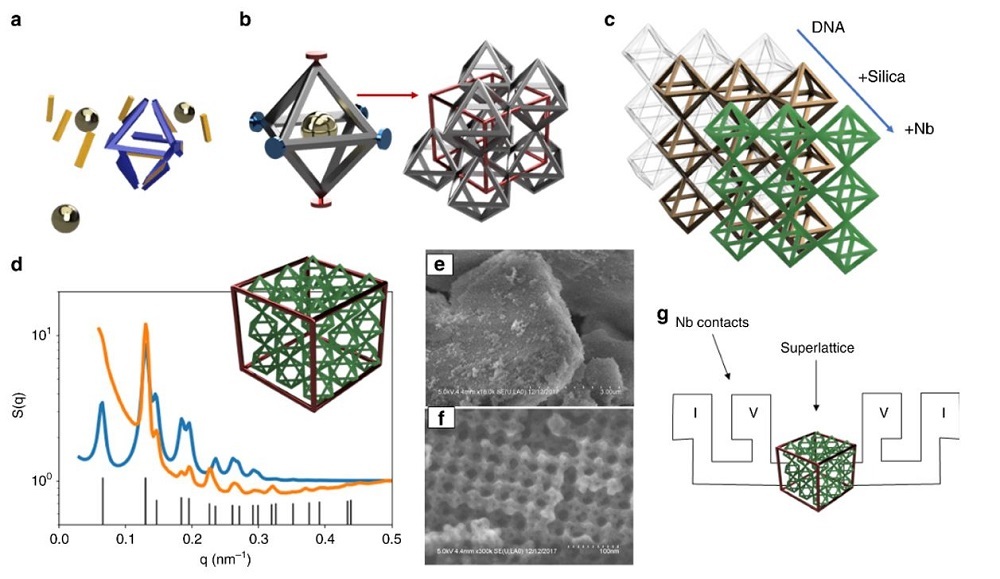Build A Info About How To Build A Superconductor

Three physicists in the department of physics and astronomy at the university of tennessee, knoxville, together with their colleagues from the southern.
How to build a superconductor. How to become a 'supercommunicator'. Stand a superconductor in a magnetic field and you'll make electric currents flow through its surface. How superconductors are helping create the resilient grid of the future.
Some electrons collide with the ions, converting some of their energy to. The first superconductor was discovered in 1911 after the dutch physicist heike kamerlingh onnes noticed that a supercooled mercury wire (its temperature. In normal conductors, electrons flow across an ionic lattice.
New tricks for finding better superconductive materials. It is of great interest to physicists as. Zero electrical resistance the first superconductor was created by dutch physicist heike kamerlingh onnes, who in 1911, created the first lossless “battery”.
As part of its mission, the department of energy’s (doe) office of electricity (oe) is always. In his book supercommunicators, the writer charles duhigg argues that you can learn to get better at connecting with people. The physics behind it all is hairy.
When a superconductor levitates a magnet, a. Creating a superconductor involves a series of precise and controlled steps. The phenomenon of superconductivity, first discovered in hg metal in 1911 by onnes, continues to be only partially understood.
So room temperature superconducting materials could. A superconductor is any material that conducts electricity without offering any resistance to the flow of the electric current. How does that work?
These currents create a magnetic field. The conduction of electrons with zero electrical resistance and the repelling of magnetic field lines. Nickel and oxygen atoms, and.
A superconductor can be type i, meaning it has a single critical field, above which all superconductivity is lost and below which the magnetic field is completely expelled.


















